In October I wrote about the most well-known pollinator—the honey bee--with the intention of writing about some of the other pollinators before the year was over. So here goes:
Honey bees are credited with 39% of pollinations with bumble bees, butterflies, wasps, flies, hummingbirds, and bats, accounting for most of the rest of the job. I photographed some of these other pollinators and am going to get into the weeds about the whole pollination process. (Warning—Parental discretion advised)
Most plants need to be cross-pollinated. The pollen from one flower’s stamen (the male part) ends up on the stigma (the female part) of another but same type of flower. The stigma sits at the very center of the flower at the end of a tube which runs down into the ovule. The ovule contains the eggs that will grow into seeds. A pollinator is attracted by smell or color that promises them a sweet treat. Pollen is the (usually yellow) powdery substance that contains protein, along with fat and other nutrients pollinators need while nectar contains sugars, vitamins, salts, oils, and additional nutrients that together offer a high energy food source. Nectar is produced in plant glands called nectarines located inside the flower at the bottom.
Pollinators have evolved over the years along with the plants they favor and are mutually beneficial to one another. I was amazed at length of the proboscis on some of the butterflies, moths, and skippers I saw. Here’s a cool story. In 1863 Charles Darwin examined an orchid that grew in Madagascar. Since the nectar spur was longer than any known Madagascan insect’s proboscis, clever Mr. Darwin predicted that there must be a theretofore undiscovered pollinator with an 11-inch-long proboscis. Forty years later in 1903, the Xanthopan morgannii moth was found with a proboscis three times its bottle length.
Pollination is crucial to the reproduction of flowers but also necessary for the reproduction of countless fruit and vegetable crops including blueberries, pumpkin, apples, tomatoes, and chocolate. If you like chocolate as much as I do, you might be interested to learn that midge flies (Forcipomyia) are the sole pollinators of the cocoa tree. No midges—no chocolate (gasp). The males do most of the pollinating while the female are off biting people and animals because, like their relative the mosquito, the mothers need blood in order to lay eggs. Those nasty girls are notorious for ruining many a summer day especially the infamous Highland midge swarms in Scotland. According to her diary, Queen Victoria was half-devoured by these little ladies whilst at a picnic in Sutherland woodland in 1872. I google 'midge swarms in Scotland' and found a ton of sites giving information on how to have a midge-free vacation in Scotland. I read that midges are one of the reasons for the relatively low population of the Scottish Highlands, and help keep the wildernesses wild. That’s impressive power for such tiny creatures.
But back to the nice pollinators. Imagine zillions of these critters dedicating most of their lives to collecting nectar and pollen in minute amounts each time they visit a flower. As a byproduct of their industry, we get to enjoy beautiful flowers and life sustaining food. We truly live in an amazing world.
Honey bees are credited with 39% of pollinations with bumble bees, butterflies, wasps, flies, hummingbirds, and bats, accounting for most of the rest of the job. I photographed some of these other pollinators and am going to get into the weeds about the whole pollination process. (Warning—Parental discretion advised)
Most plants need to be cross-pollinated. The pollen from one flower’s stamen (the male part) ends up on the stigma (the female part) of another but same type of flower. The stigma sits at the very center of the flower at the end of a tube which runs down into the ovule. The ovule contains the eggs that will grow into seeds. A pollinator is attracted by smell or color that promises them a sweet treat. Pollen is the (usually yellow) powdery substance that contains protein, along with fat and other nutrients pollinators need while nectar contains sugars, vitamins, salts, oils, and additional nutrients that together offer a high energy food source. Nectar is produced in plant glands called nectarines located inside the flower at the bottom.
Pollinators have evolved over the years along with the plants they favor and are mutually beneficial to one another. I was amazed at length of the proboscis on some of the butterflies, moths, and skippers I saw. Here’s a cool story. In 1863 Charles Darwin examined an orchid that grew in Madagascar. Since the nectar spur was longer than any known Madagascan insect’s proboscis, clever Mr. Darwin predicted that there must be a theretofore undiscovered pollinator with an 11-inch-long proboscis. Forty years later in 1903, the Xanthopan morgannii moth was found with a proboscis three times its bottle length.
Pollination is crucial to the reproduction of flowers but also necessary for the reproduction of countless fruit and vegetable crops including blueberries, pumpkin, apples, tomatoes, and chocolate. If you like chocolate as much as I do, you might be interested to learn that midge flies (Forcipomyia) are the sole pollinators of the cocoa tree. No midges—no chocolate (gasp). The males do most of the pollinating while the female are off biting people and animals because, like their relative the mosquito, the mothers need blood in order to lay eggs. Those nasty girls are notorious for ruining many a summer day especially the infamous Highland midge swarms in Scotland. According to her diary, Queen Victoria was half-devoured by these little ladies whilst at a picnic in Sutherland woodland in 1872. I google 'midge swarms in Scotland' and found a ton of sites giving information on how to have a midge-free vacation in Scotland. I read that midges are one of the reasons for the relatively low population of the Scottish Highlands, and help keep the wildernesses wild. That’s impressive power for such tiny creatures.
But back to the nice pollinators. Imagine zillions of these critters dedicating most of their lives to collecting nectar and pollen in minute amounts each time they visit a flower. As a byproduct of their industry, we get to enjoy beautiful flowers and life sustaining food. We truly live in an amazing world.
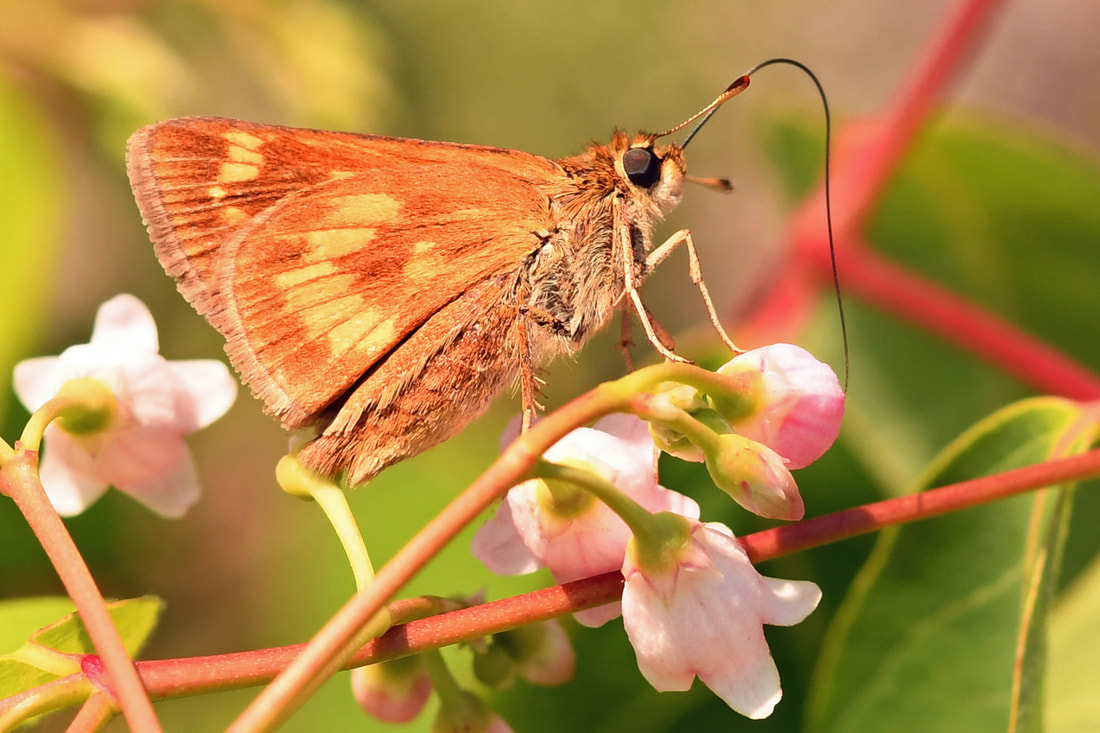
Skippers are members of the Lepidoptera family that do not fit the cookie mold for either butterflies or moths. They are usually small and have a rapid, fluttering, 'skipping' flight style that is difficult to follow. They are classed in the family Hesperiidae and are not actually considered true butterflies, but they are more closely related to them than they are moths. Notice this skipper’s long proboscis.
Wishing you all a happy, healthy 2021

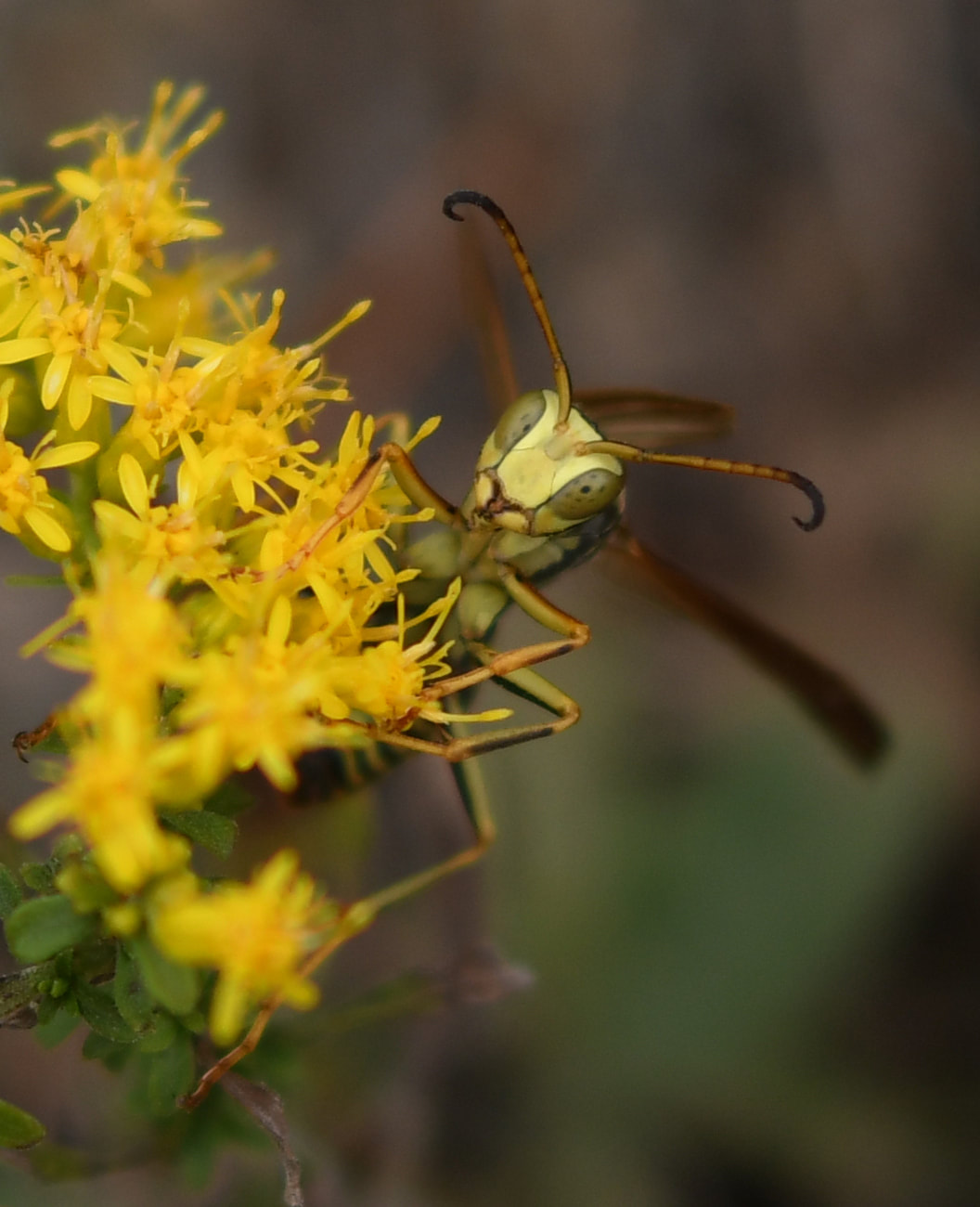
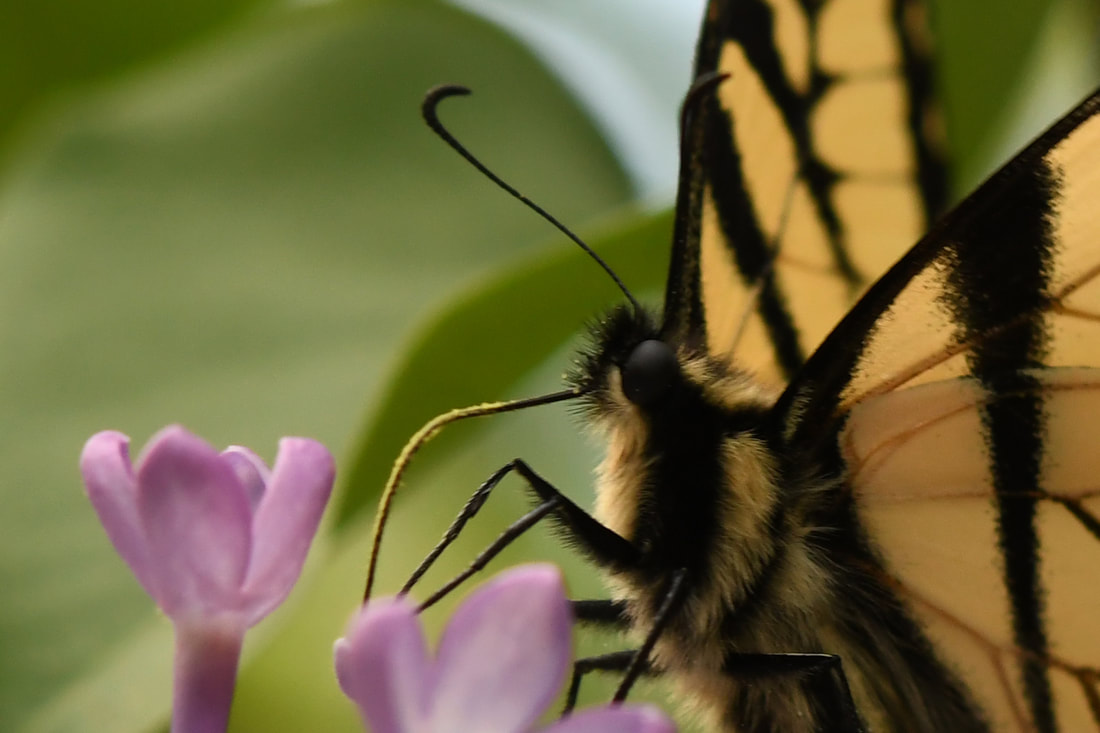
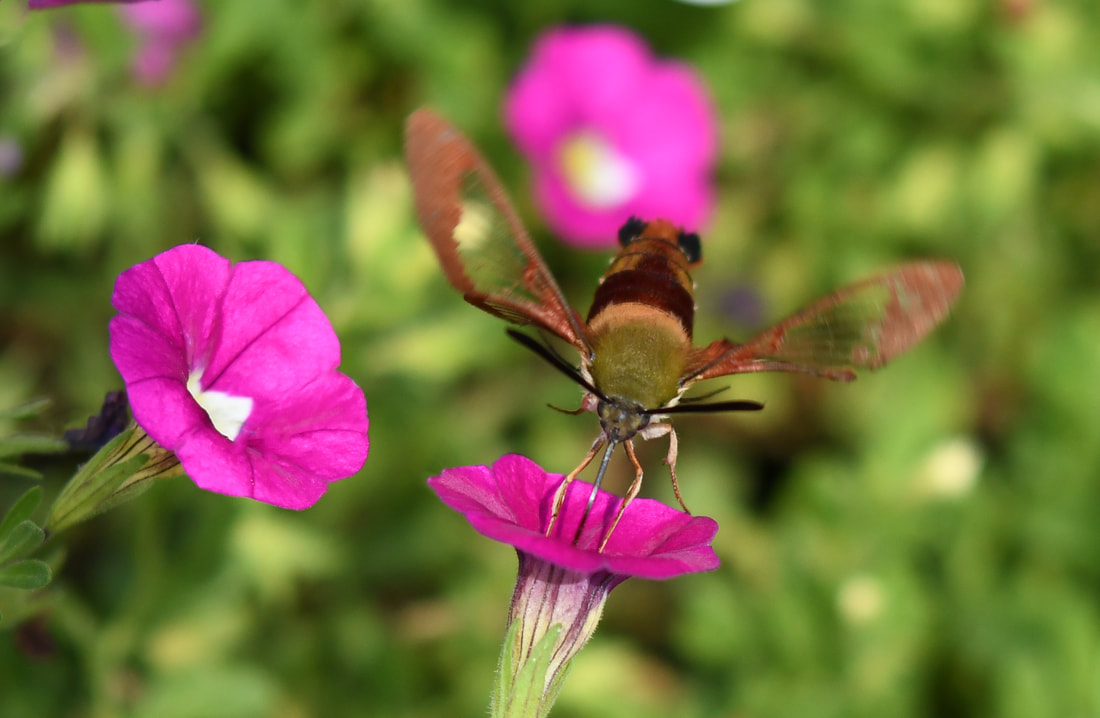
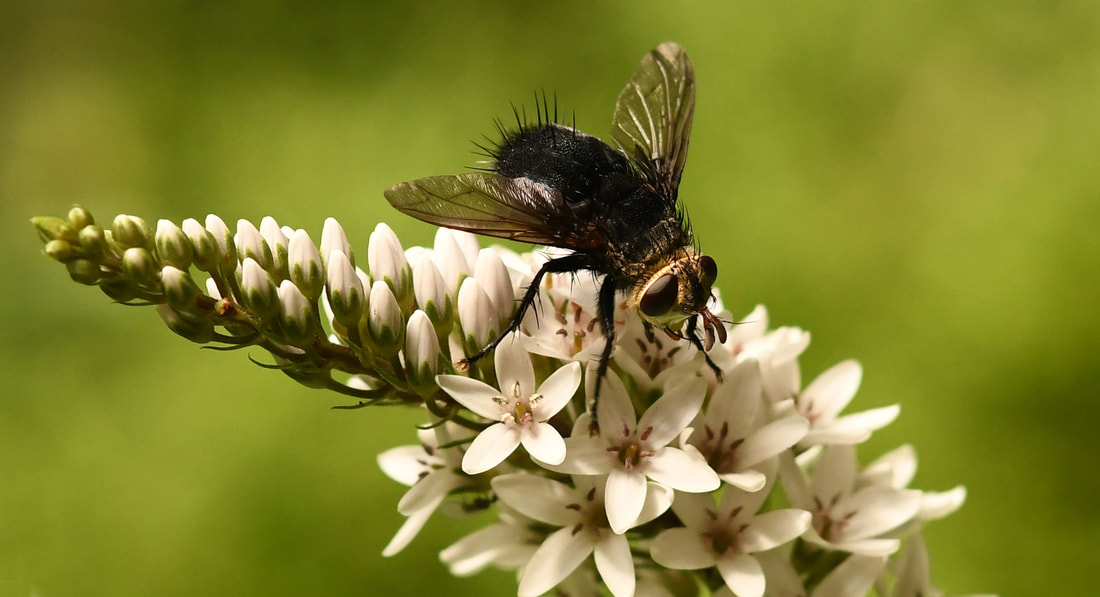
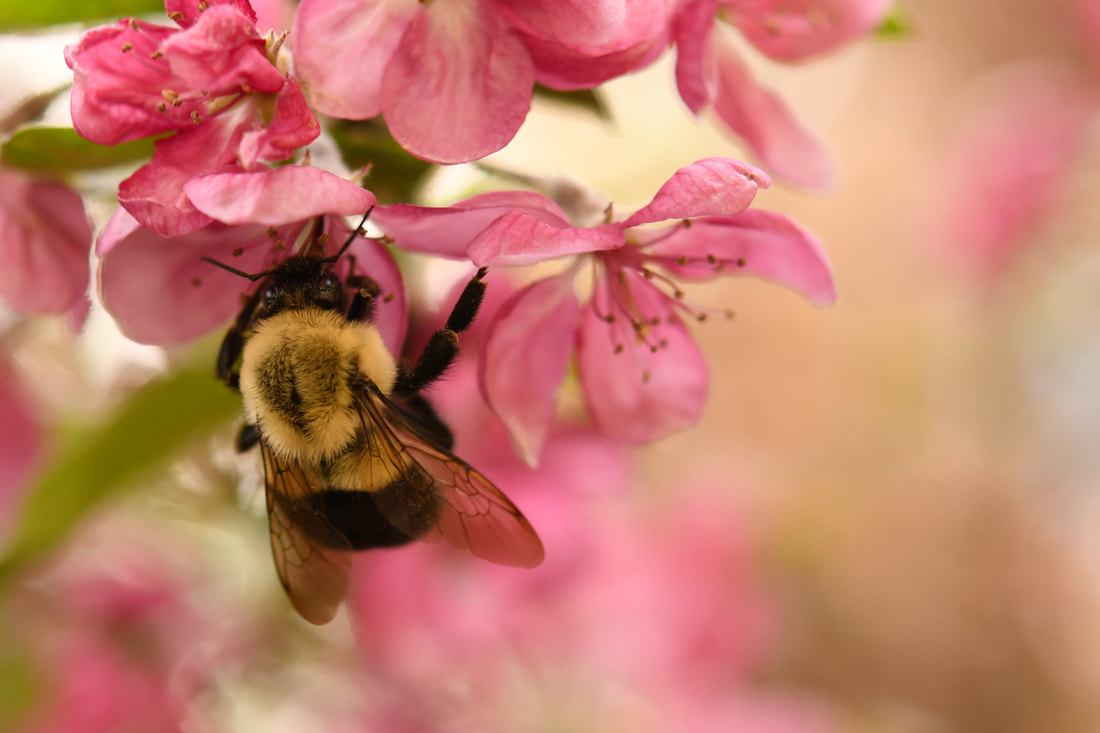
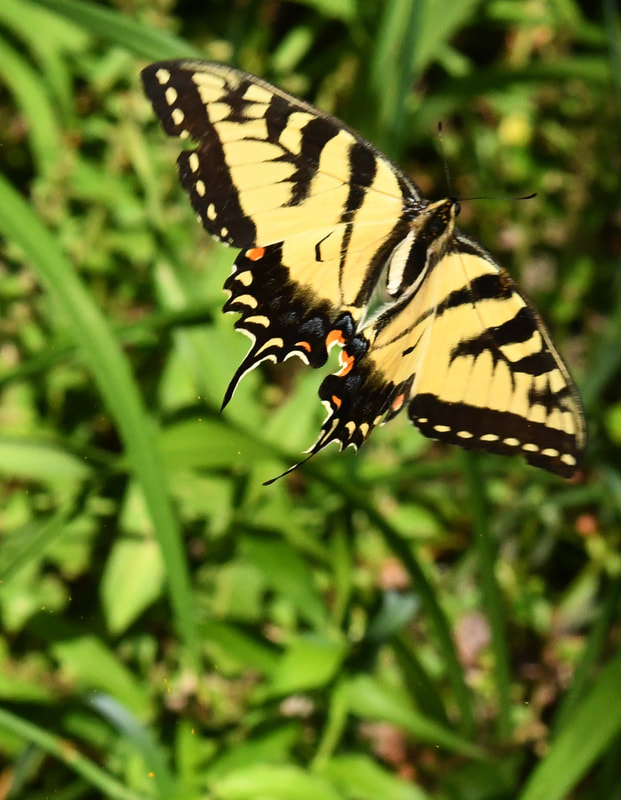
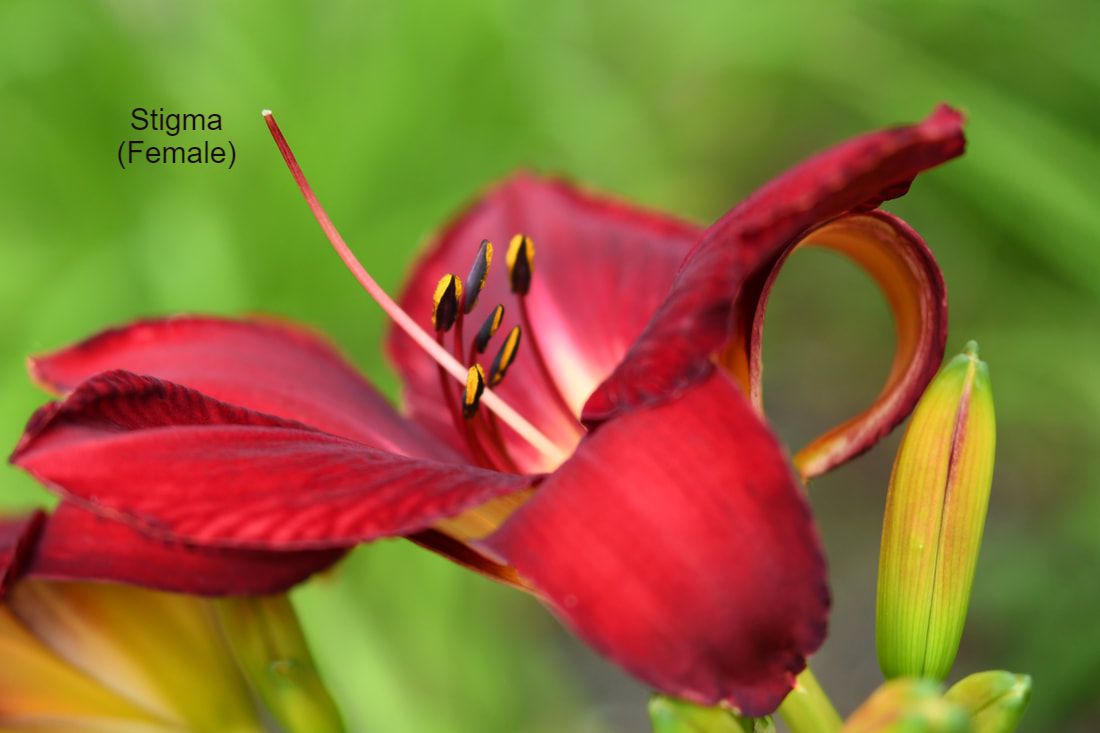
 RSS Feed
RSS Feed